You’ve almost definitely seen the iconic massifs of Patagonia before. The image of the jagged snow-capped mountains jutting towards the sky in Torres del Paine is simply iconic – so iconic, in fact, that it is used as the brand Patagonia’s logo. When you explore Patagonia landscapes you’ll see incredible peaks, sweeping plains, and lakes so blue they look like you’re seeing them through a filter. Patagonia is simply magical. Add in the spectacular glaciers, welcoming people, and remarkable flora and fauna and you’ll definitely want to make Patagonia your next adventure.
Explore Patagonia
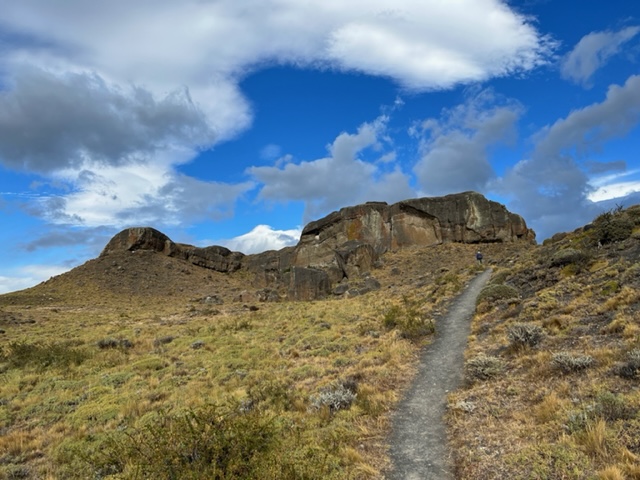
Here’s how to explore both the Argentinian and Chilean sides of Patagonia…
YES! I LOOK FORWARD TO #GROWINGYOUNGER
PLEASE SUBSCRIBE ME TO YOUR MAILING LIST.
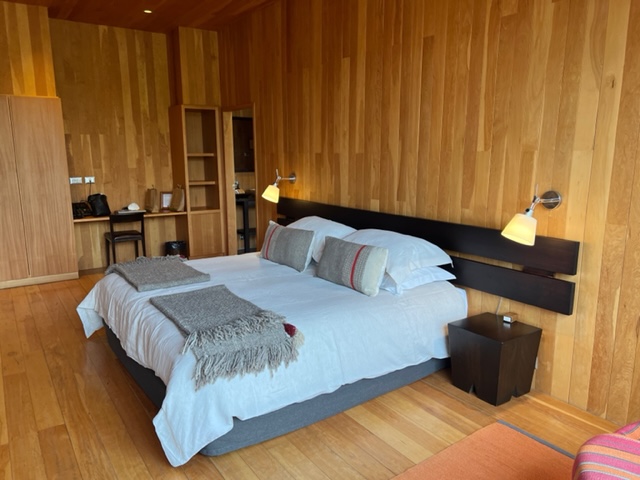
Where to Stay In Patagonia
You may associate this region of the world with real wilderness trekking–the kind that involves staying in actual tents or rustic refugios, sleeping on the ground, and eating meals cooked out of cans over a campfire. While there are plenty of ways to camp in Patagonia, this writer (and most likely many of you reading this) doesn’t really enjoy roughing it. And besides, haven’t you earned a little bit of luxury at this point in your life?
Besides, after spending the day trekking through the epic scenery, climbing literal glaciers, and rafting, boating, and paddle-boarding on the clearest lakes and rivers you’ll ever see, you’ll most likely want to sink into a hot bath, take a sauna, and enjoy a plush bed with a great view.
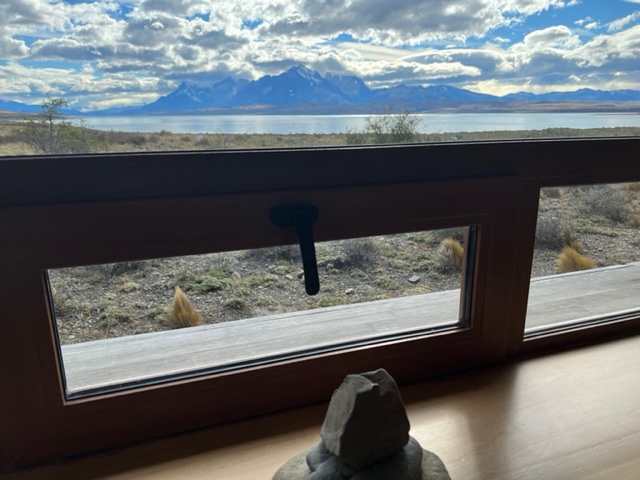
We mean views like the ones at Tierra Patagonia in Chile’s Torres del Paine national park, one of the most beautifully designed hotels in the world and meant to fit right within the amazing landscape. Or perhaps the ones of Villarrica national park in the northern lake district at &Beyond’s Vira Vira in Pucon in Chile, where you can go white water-rafting, climb an active volcano, and your commute from the airport happens via helicopter. And on the Argentine side, there’s Eolo, a traditional ranch or estancia turned beautiful boutique hotel that’s reminiscent of Patagonia’s more wild days.
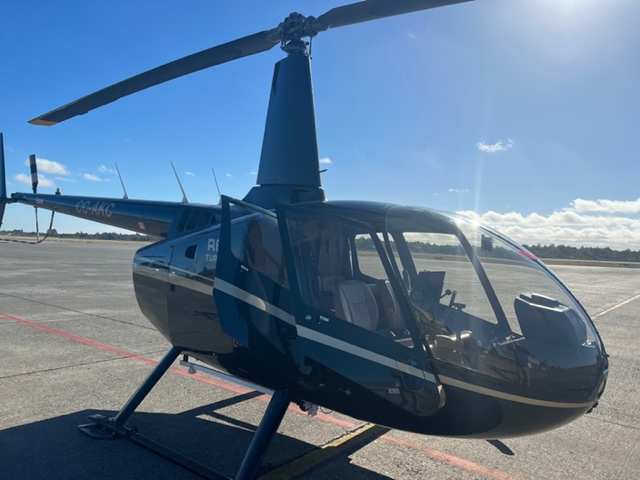
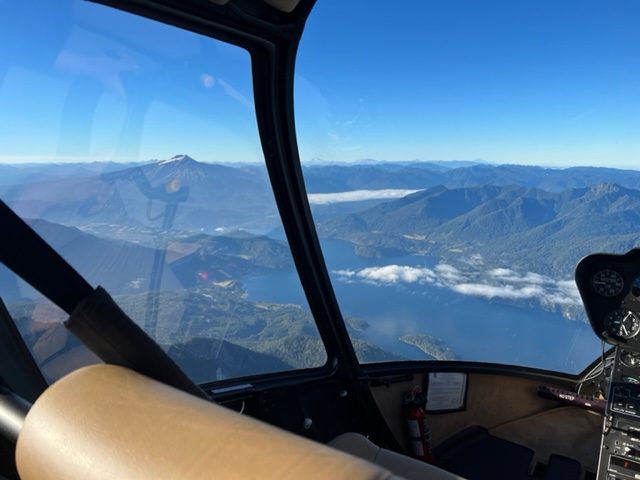
All of these properties and many other lodges can arrange for all kinds of treks and hikes, climbing to the base of the massifs and white water rafting (the Rio Trancura is amazing), trekking on the Petito Moreno glacier (in Argentina) and horseback riding that allows you to channel your inner gaucho.
As you might expect, the towns in this region mostly support the outdoor activities and are on the smaller side without any major sites. That said, Pucon in Chile and El Calafate in Argentina are adorable mountain towns that make for excellent bases to explore from. In the south, Ushuaia (Argentina) and Puerto Natales or Puntas Arenas (Chile) are the last stops before the Antarctica, so travelers on their way to the white continent often stop there. And you can see penguins in both cities!
Where to Eat
Chances are you’ll be eating at your lodge or a picnic packed by your lodge, since there aren’t really restaurants in the parks, although there are shelters with picnic tables where you can relax, eat, and take it all in.
That said, you can get some truly great farm-to-table meals at the higher end eco-lodges, with locally grown fruits and veggies, house-made cheeses and butter, and lamb, duck, and even guanaco (the llama’s higher altitude cousin). Seafood is also abundant since not only are there plenty of crystal clear lakes and rivers, the coast isn’t far away so sea bass, salmo and delicious king crab are definitely on the menu.
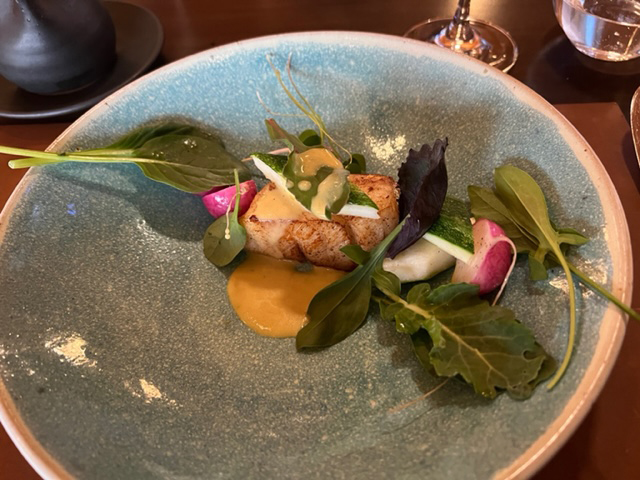
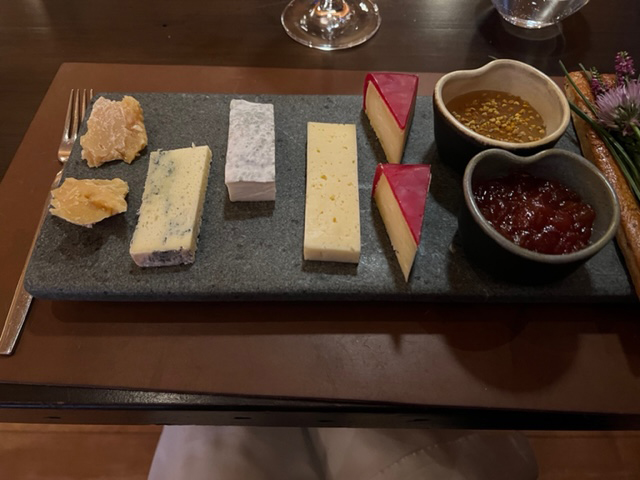
Meals in Patagonia tend to be simple and hearty, and for good reason–visiting this part of the world is not about haute cuisine. That said, you’ll likely be starving every time you sit down to eat. All that adventuring burns a lot of calories!
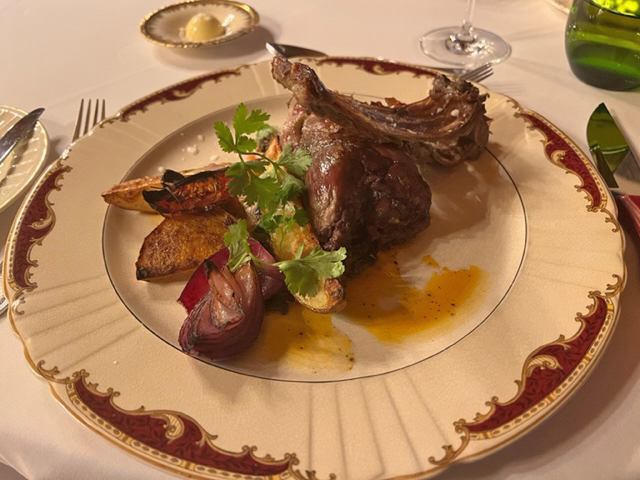
Explore Patagonia: What to Buy
Typical souvenirs are warm blankets made from alpaca or vicuna wool, leather goods, mate cups or gourds, and jewelry made from locally mined copper, lapis lazuli, and silver. You can also find great deals on trekking gear from companies like Patagonia (of course) and similar brands if you are spending dollars or euros. Ethically sourced guanaco skins or sheepskins can also be found and they make excellent throws or rugs.
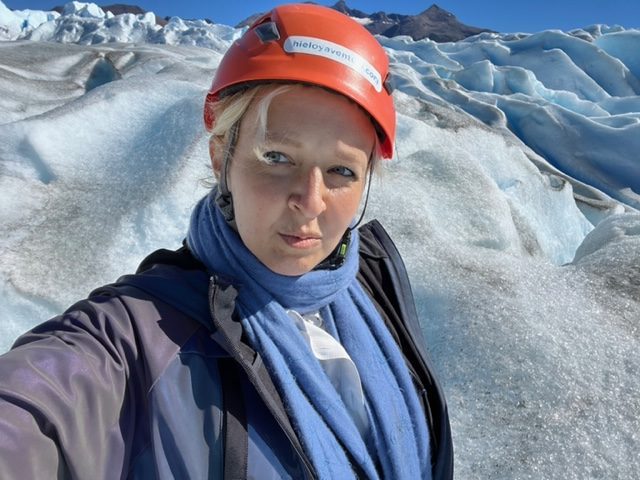
What to Pack
It’s time to bring out your inner mountaineer and explorer! Think sturdy clothes made of technical fabrics designed for tough conditions, and ones that layer well so you can add and subtract as the weather shifts. You’ll get soaked by snow and ice, bake in the sun, and freeze in the shade, all in the same day! But it will definitely be worth it and you’ll be much more comfortable if you’re wearing the right gear.
A small backpack or wraparound is helpful as well, and hiking sneakers as well as some solid boots are a must. And don’t forget a hat and sunscreen–the sun is more intense this far south and at high altitudes. All your gear should be water-resistant or waterproof, or at least something that won’t get wrecked when it gets rained on or splashed.
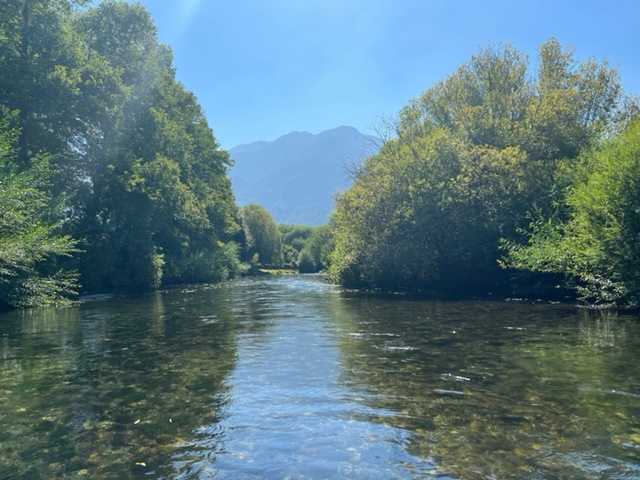
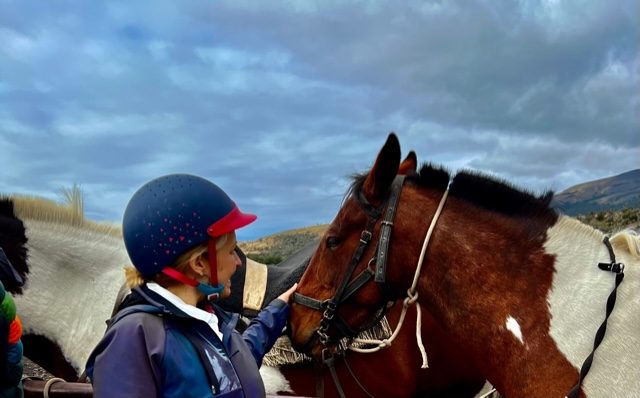
If you’re planning on white water rafting, you can rent wetsuits, helmets, and fins easily, so bring swimwear that fits nicely underneath. If you’re horseback riding, gear will be provided but you’ll want leggings or fitted pants that work with the gaiters and boots or shoes with good treads. And if you are glacier-trekking, you will be able to get crampons and the other gear at one of the refugios in the area.
Last but not least, you’ll want a way to capture all these stunning landscapes! This is where you might want to bring a real camera (not just an iPhone) if you have one, or consider asking your lodge if they have guides who can handle photography if you want to capture those memories properly.
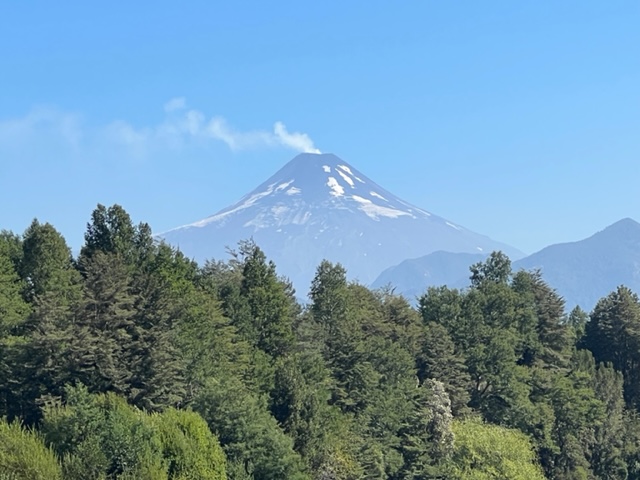
How to Adventure in Patagonia
The sky is literally the limit (or not, if you take a helicopter ride)! Just hiking the many trails is enough, and the parks are so vast you will rarely see other humans. But you will definitely see guanaco and various birds of prey, and if you are lucky you’ll see Patagonian foxes and maybe even the legendary ice pumas.
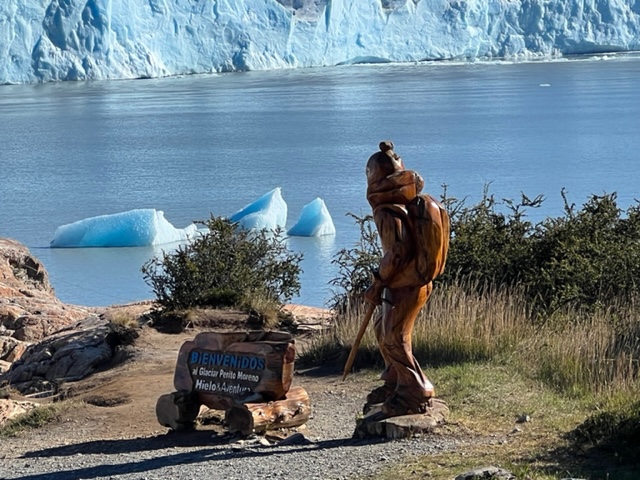
Channeling your inner gaucho or cowboy is also a fantastic way to explore Patagonia. Your lodge will likely be able to set this up for you, whether they have their own stables or a relationship with ranchers nearby. After all, Patagonia’s pampas or grasslands have long been home to ranches (this is where the famous Argentine beef comes from after all) and seeing the landscapes on horseback is simply fantastic. Whether you are a novice rider or more experienced, there’s an option–and a horse–for you.
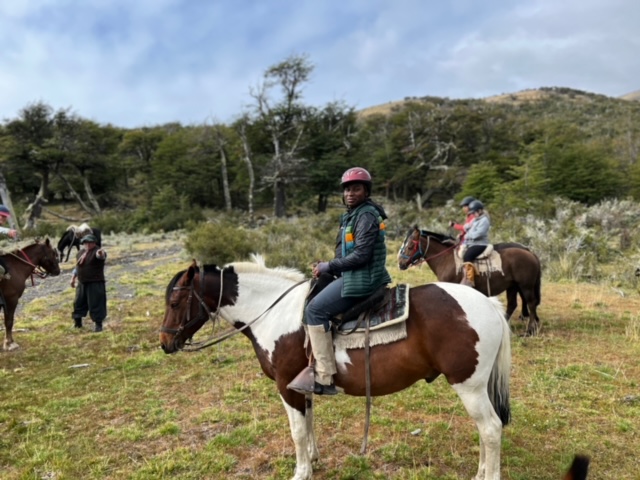
If you are interested in climbing on a glacier or simply taking a boat to see one up close, then Perito Moreno in Argentina is a must-see. You have to take a boat across part of Lago Argentino to get close to the glacier (and you’ll likely see it calving or shedding blocks of ice) and from there you’ll meet with guides who’ll set you up with ice picks and crampons so you can climb on the glacier itself.
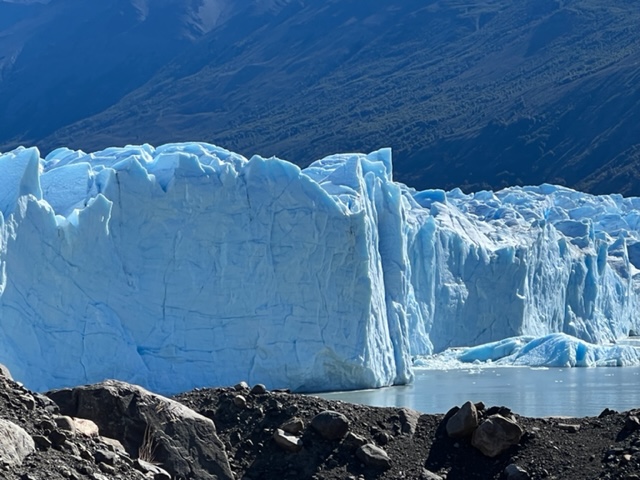
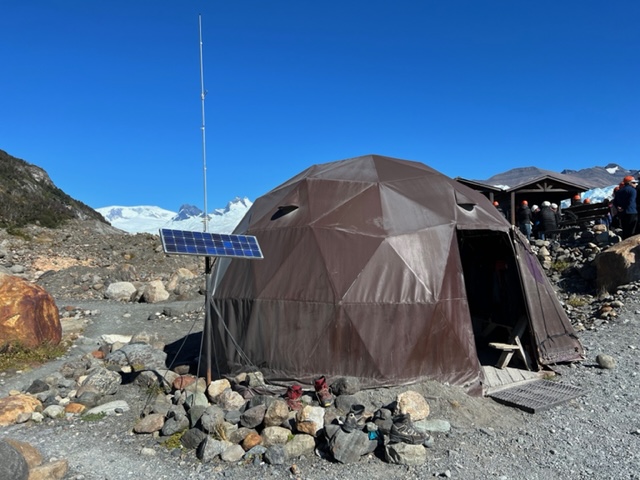

Patagonia is home to tons of beautiful lakes and rivers, so if you are at all interested in exploring the water you’ll want to paddleboard or go for a river float, or even go white water rafting or kayaking. The rafting options in this region tend to be the more thrilling class IVs and Vs, and you may have to get out of the water and overland your boat for a bit on some of the more challenging areas. It’s all part of the fun!
What to Know
As we mentioned, the weather changes constantly so pack tons of easily layerable pieces, as well as sunscreen for the intense southern hemisphere sun. You probably won’t need lots of cash since most properties are full-board, but you might want to tip your guides at some point so having small bills on hand is helpful.
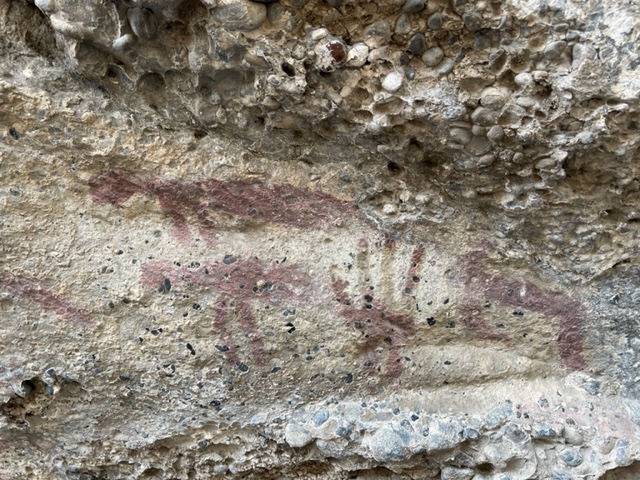
If you’re interested in learning more about the indigenous cultures of the area like the Aóniken, ask your trekking guides to take you to the cliffs. There you can see the petroglyphs and marks they’ve left there (it’ll likely be a steep walk but worth the climb).
This area of the world is home to the Mapuche people along with many even older tribes that suffered under European rule and today there’s a growing movement to reclaim the land and restore the culture. While there have been conflicts, it is highly unlikely that you will be affected as a tourist.
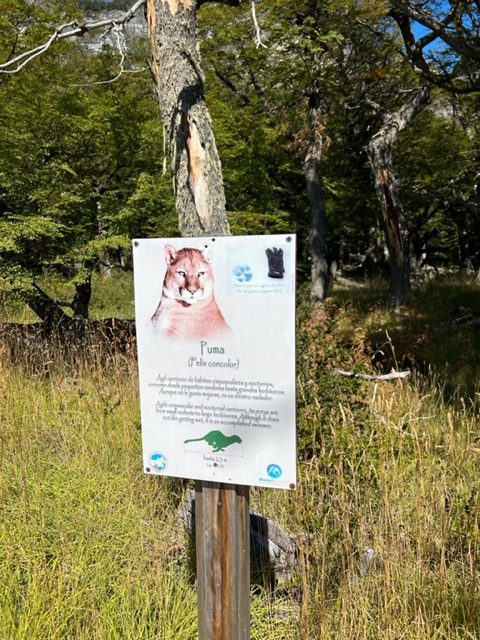
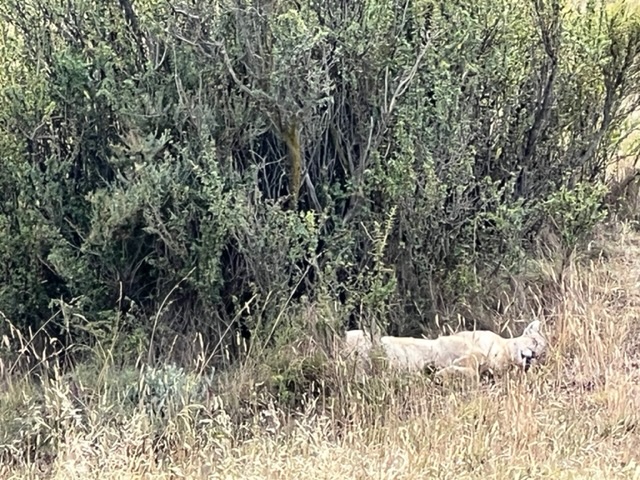
For anyone who wants to see the pumas (also referred to as mountain lions or cougars), there are trails where you are more likely to “meet” them as well. Pumas are not particularly dangerous to humans unless they are cornered or threatened, so seeing them in the wild is safer than it looks!
Where To next?
North to Buenos Aires, Santiago, or Valparaiso for urban exploring, or even further north to the Atacama or Iguazu for some serious contrasts. Or south to the end of the world in Antarctica!
Are you planning a trip soon? Where are you going and where do you want to explore? What is your dream destination? Let us know in the comments or in our Growing Younger Facebook group and remember that learning new things and exploring can keep your mind and body looking and feeling youthful!
-Jacqueline Zenn
Photos: Jacqueline Zenn for Fountain Of 30
You may also like to read more of Jacqueline’s travel guides like Travel: Escaping To Pura Vida In Costa Rica and Fountain Of 30 Travel Guide: What’s New, Buenos Aires!
Are you following Fountain Of 30 on Facebook, Twitter, Instagram and Pinterest? We’ve got lots going on, so join in on the fun! Subscribe to our newsletter here. You don’t want to miss a post and promise not to bug you to death. We also started a Facebook Group called Growing Younger for women to discuss everything good and bad about being over 40. Additionally Lauren now hosts a podcast called Beauty is a Bitch! and a weekly Instagram Live series called “Growing Younger Gabfest with Lauren.”
Image layout: Fountain Of 30
Please pin!
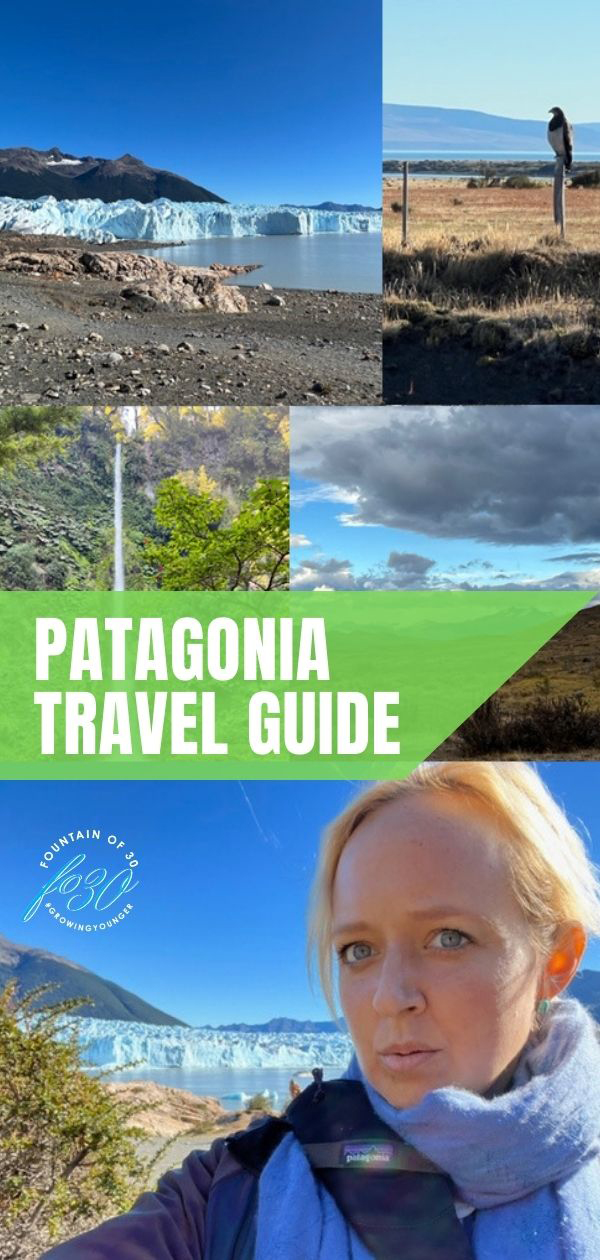

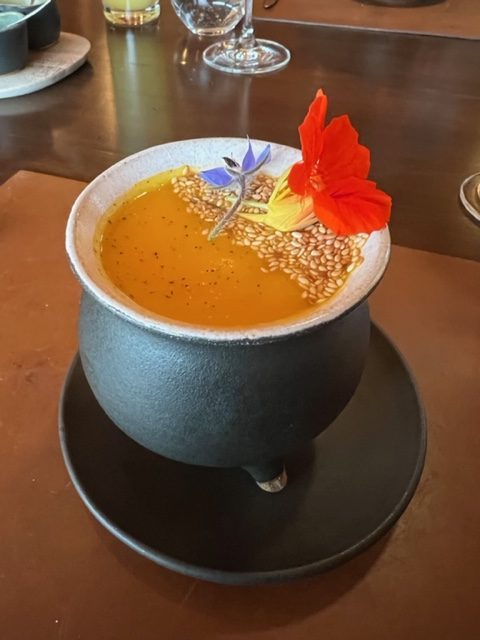
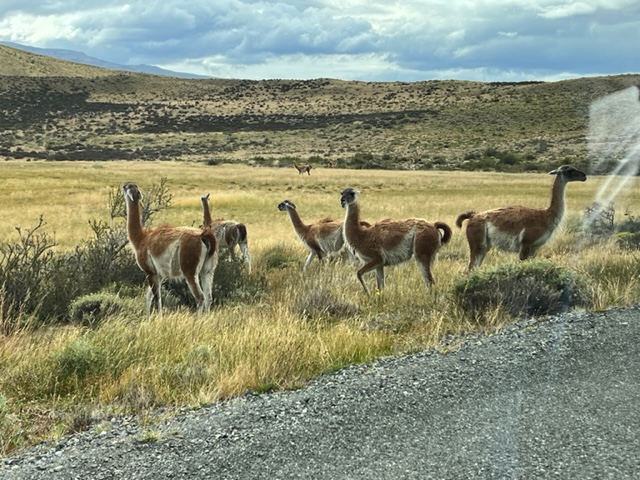
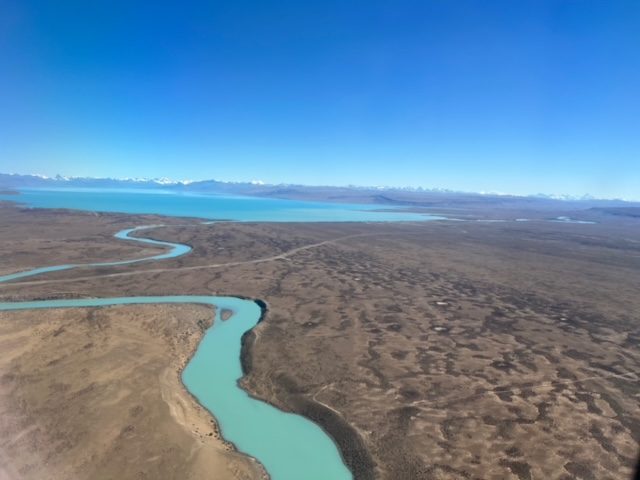
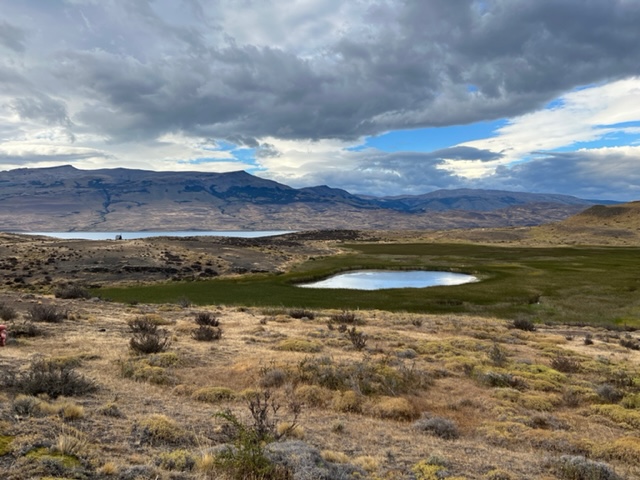
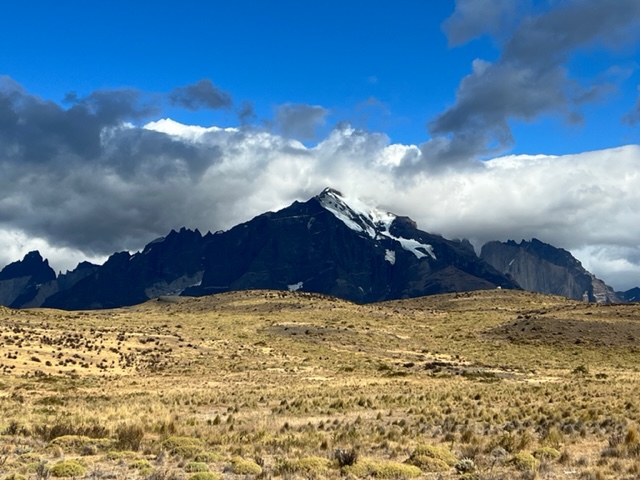
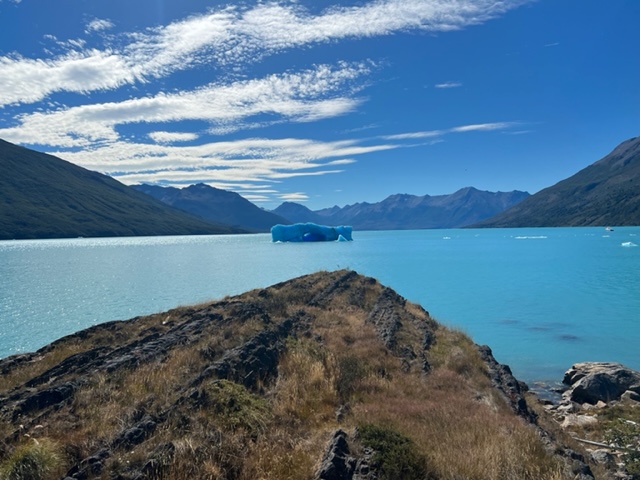
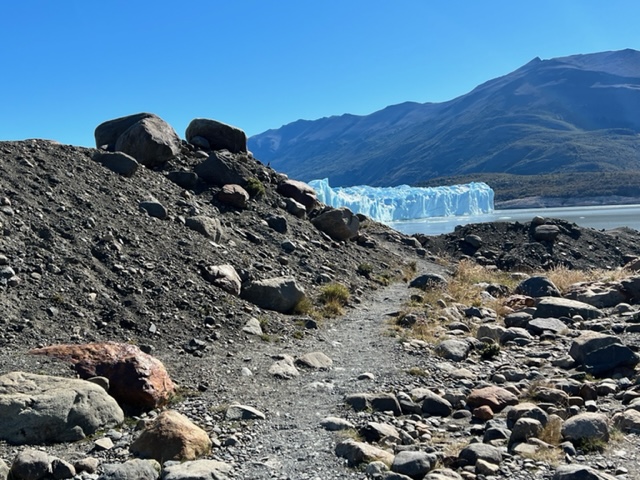
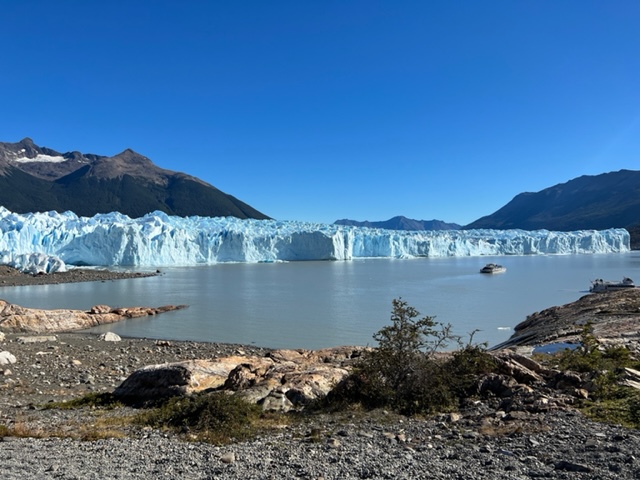
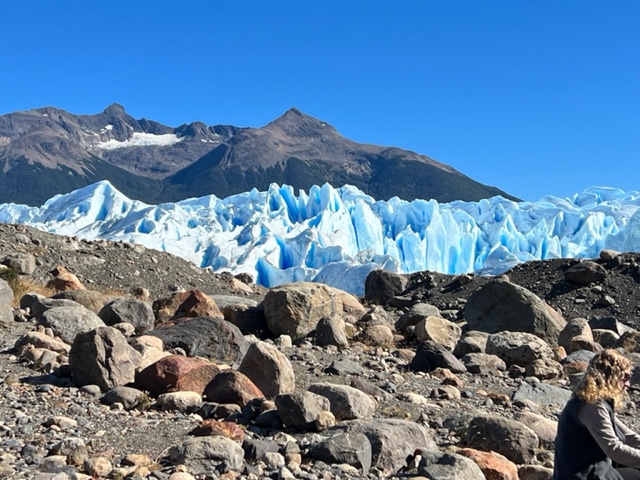

What a beautiful place to visit! I have dreamed of traveling like this but lack the nerve!
Do it! The time is now!
I would love to go to Patagonia and have some friends I could visit in Chile. My daughter was set to go twice, but both times her trips were canceled because of COVID. Beautiful photos too.
You need to go with your daughter!